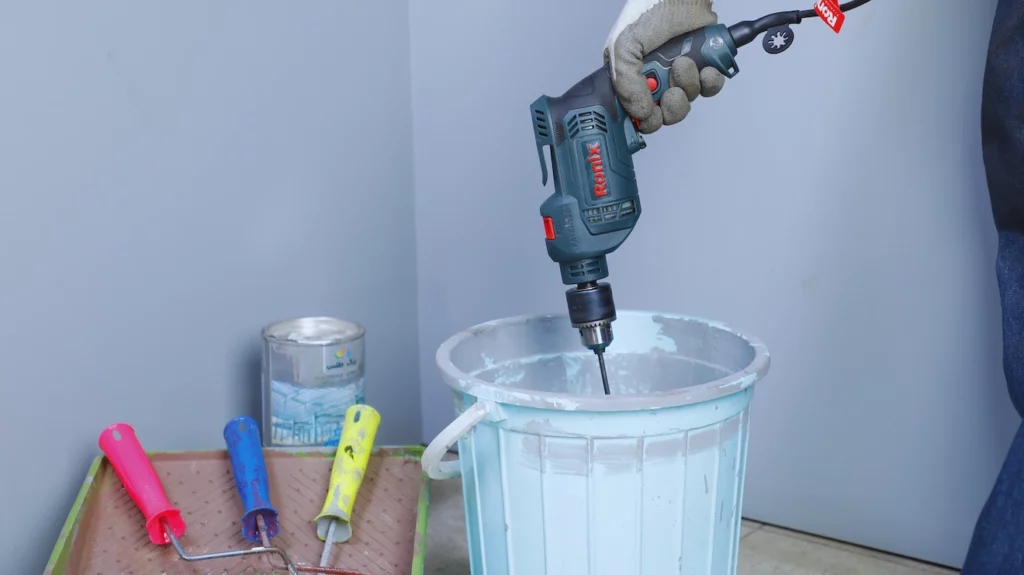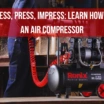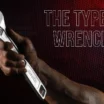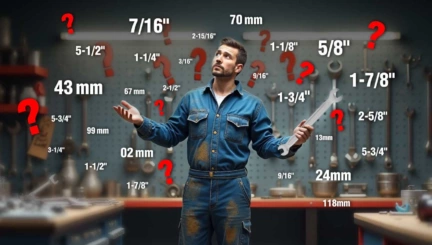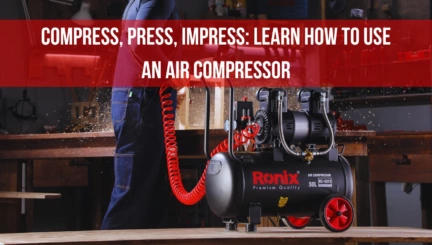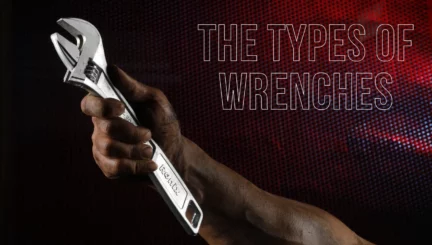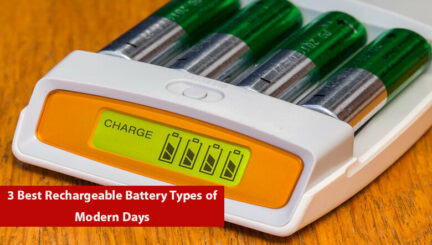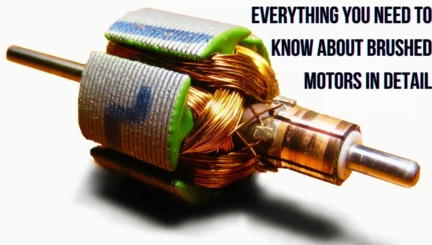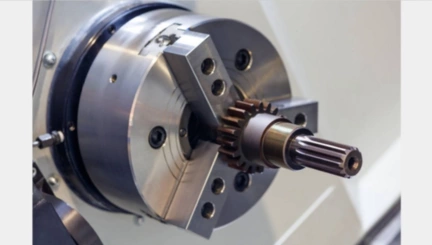- 12min
- 8549
- 0
The corded drill is one of the most versatile tools available. Drilling holes in a variety of materials, sanding, grinding, and driving screws are some of the corded drill uses. Other cases for using corded drills are stirring paint or plaster. These tools are essential equipment for home renovation and all sorts of minor and major chores around the house. You may use needle-thin bits to drill small holes for craft items, or big hole saws to cut holes in drywall and other soft materials up to five inches in diameter.
Alternatively, you may use a driver bit to drive screws straight into the wood for a variety of household tasks. While a corded power drill is a useful tool for speedy labor, its high force can lead to improperly drilled holes, broken or dulled bits, and even serious user harm. However, when utilized appropriately, a power drill may assist you in completing tasks in considerably less time than you might expect. In this article, we will go through some of the uses of corded drills.
Different Uses of a Corded Drill
Corded power drills may be used for a wide range of jobs around the house or at the workshop. A drill is one of the most versatile tools in your arsenal, capable of driving screws, drilling holes in different materials, and even mixing paint.
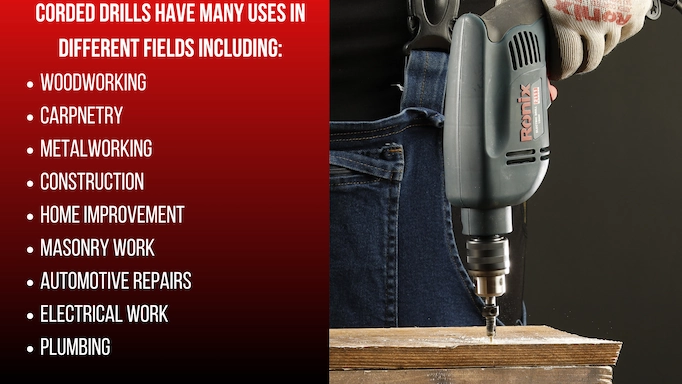
There are a wide number of corded drill uses in different fields including woodworking, carpentry, metalworking, construction, home improvement, masonry work, automotive repairs, electrical work, plumbing, DIY, gardening, and arts and crafts.
Because they rely on electrical outlets, using corded drills is limited to places that have access to power outlets.
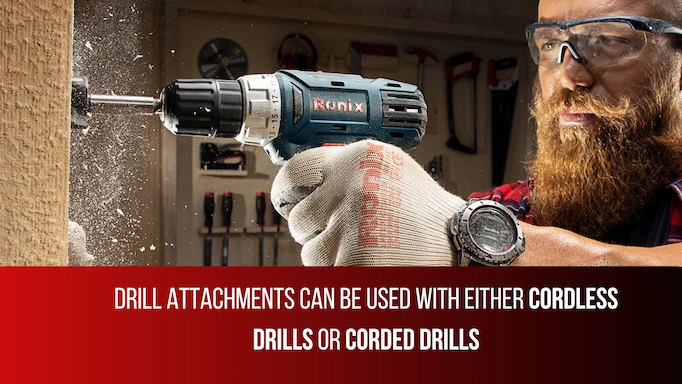
Corded Power Drill Attachments
The power drill is a workhorse for DIYers as corded drill uses are abundant in every setting. These crackerjack additions will make corded power drills even more effective, efficient, and entertaining to operate, even if you already have the regular bits.
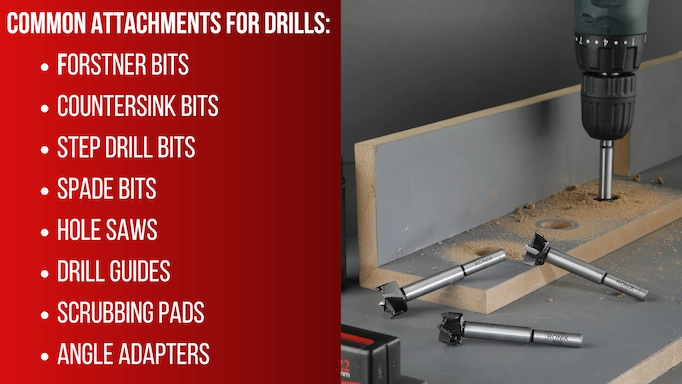
Forstner bits, countersink bits, step drill bits, spade bits, garden hole digging bits, hole saws, drill guides, scrubbing pads, angle adapters, magnetic bit holders and bits, nut driver sets, paint mixers, and flexible extension bits are some of these attachments for your corded power drill. Attach them to your tool and get the most out of your tool.
How to Use a Corded Power Drill: A Handy Guide for The Beginners
A power drill may appear to be a gear that only serious DIYers require, but we’re here to tell you that it’s something that every homeowner (or renter!) should acquire.
There are many different corded drill uses from hanging a mirror with an anchor to assembling furniture, even the simplest of power drills may make a significant difference in ordinary home activities and get them finished so much faster.
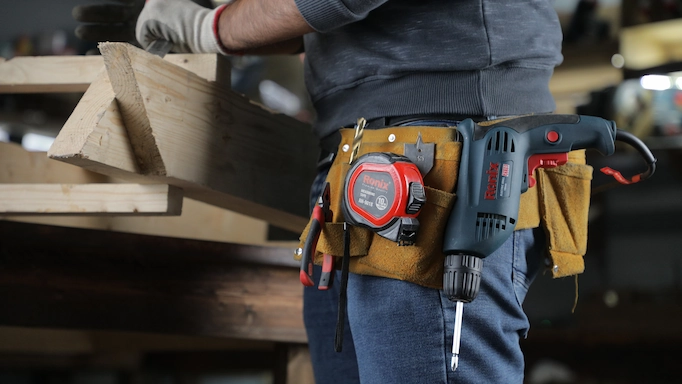
On the other hand, for newcomers, power tools may be daunting. You’re unsure where to begin, concerned about using the tool appropriately, and especially concerned about staying safe! Here’s a simple how-to guide all about power drills:
What is a Power Drill Used for?
A corded power drill is commonly used for drilling and driving. You can drill into different materials, such as wood, stone, metal, etc. and you can also drive a fastener (a screw) into different materials as mentioned before.
This should be accomplished by gently applying pressure to the screw with the drill, then slowly increasing the speed of the drill. This should get the screw going. Stop screwing as soon as the screw is entirely in place if you’re screwing into anything like Ikea furniture. In this application, overtightening might cause the boards to break.
How to Use a Corded Power Drill?
Using corded drills is not that difficult. You just need to figure out where you’ll need screws once you’re ready to drill to save time. Complete all of your measurements and double-check that any straight lines are level. Then, using a pencil, mark where you want each hole to be drilled. Make a little X or a dot with a pencil.
Follow these steps to drill a hole using a drill:
- Plug in the corded power drill and make sure it’s not turned on before you plug it in.
- Your corded power drill may or may not have a keyed chuck. In this case, you need to turn the key to open the chuck to put the drill bit into the chuck. Make sure the use the right type and size of drill bit.
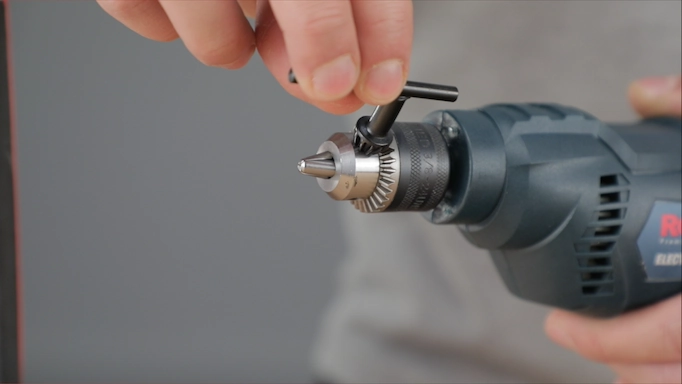
- Adjust the torque and the speed based on the material you’re drilling. Drilling wood, for example, requires a higher speed than drilling in metal. Harder surfaces, in general, need greater torque and lower speed.
- Locate the Xs or dots you drew to indicate where you should drill. Make sure you are drilling in straight.
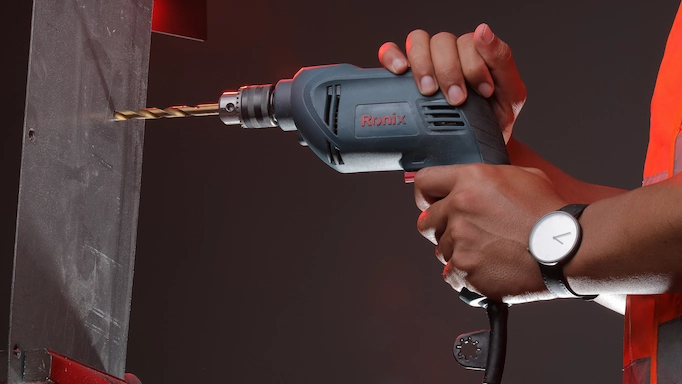
- To drill the hole, go to the proper level. If you require a ladder, make sure it’s securely opened and secured.
- Vertically stabilize your drill. The hole should be exactly straight
- Pull the trigger gently. Begin by drilling at a slow speed. You can speed up as you progress through the material.
- In case you need to pull out the drillbit, put the drill in reverse once you’ve drilled as far as you need to.
- Pull the trigger and pull the drill bit back out. Take care not to yank or pull at an angle with the drill.
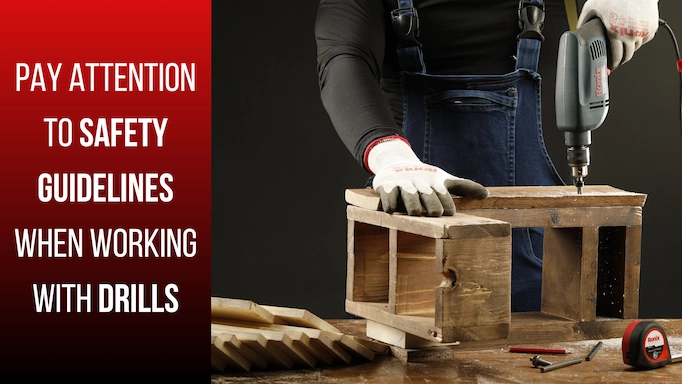
Safety Note: Make sure to follow the necessary safety guidelines such as wearing proper safety gear like safety glasses. One thing that you have to always beware of when working with drills is the kickback.
Other than drilling, one of the uses of corded drills is driving screws. Follow these procedures to use a drill to put a screw into a pilot hole:
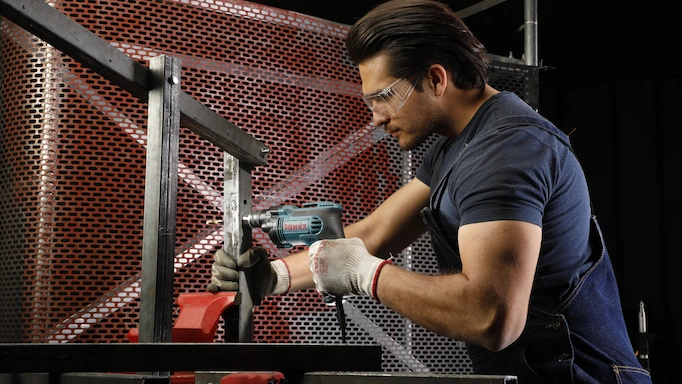
- Turn the drill on.
- You will need a driver bit when driving fasteners.
- Reduce the torque to a minimum. Drilling pilot holes in screws does not require a lot of force.
- Insert the screw into the drill bit’s slot.
- Make sure the screw is centered in the hole.
- When using corded drills, always ensure that the drill is in a vertical position.
- Pull the drill trigger and carefully press into the screw. The screw should stay in place as a result of this.
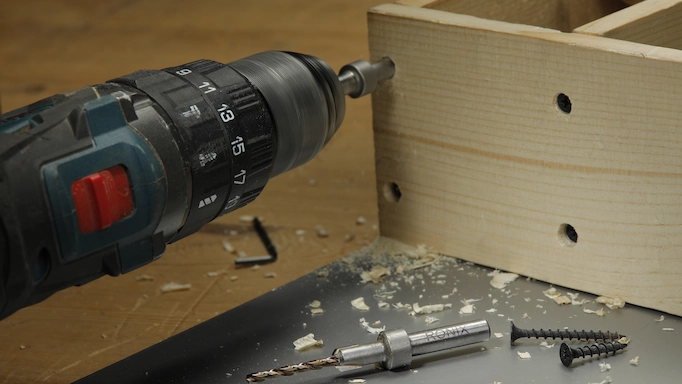
- Check to see whether you’re drilling at an angle.
- Stop drilling once the screw is in place.
- Stop before the screw is entirely placed if you’re worried about over-screwing. Finally, use a screwdriver to complete the project.
Safety Tips on Using Corded Power Drills:
Using corded drills requires safety equipment and the right information about operating them safely and properly.
- Wear safety glasses or a face shield (with safety glasses or goggles).
- Always keep drill bits sharp.
- Maintain proper ventilation by keeping drill air vents clean.
- When using corded drills, keep any wires out of the cutting area. Before each usage, check for frays or damage.
- Before replacing or modifying the bit or attachments of corded power drills, disconnect the power source.
- Securely tighten the chuck. Before starting to drill, remove the chuck key.
- To prevent movement of the workpiece being drilled, secure it.
Tips for Maintaining Long-Lasting Corded Power Drill
Your tools are a precious asset! They are what allow you to accomplish your job. Effective tool maintenance is essential for extending the life of your equipment and safeguarding your investment. The majority of tool maintenance practices are basic, regular routines that you can implement.
Always remember to not let your power tools overheat! Always sharpen the bits and the blades and replace the worn parts when needed. Clean them regularly and store them in a clean and dry space in all cases of corded drill uses.
Corded Drill vs. Cordless One: Which is Better in Different Situations?
These tools are a little lighter than the cordless model because of the absence of the battery. The power of a corded drill is measured in amps although this may not always be the case. With no need to stop to replenish a battery, a constant power source implies a longer duration for using the tool.
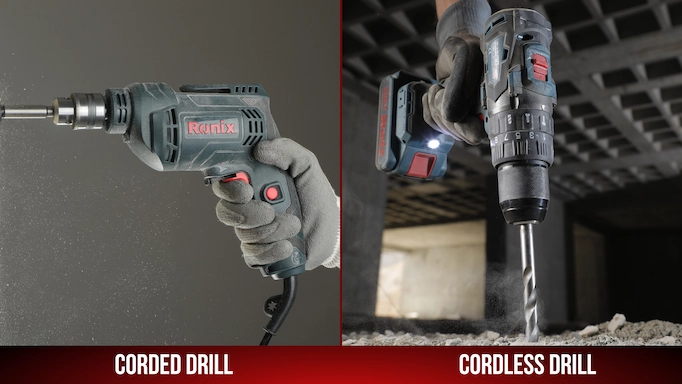
The cord, on the other hand, limits movement. A corded drill may require an extension cable depending on how far away your work location is from a power outlet. That is why cord management is a real hassle when using corded drills. Ultimately, choosing between a corded drill vs. a cordless one depends on several factors including:
5 Best Corded Power Drills for Your Projects in 2023
So far, we’ve discovered that a corded drill is a handy tool for home tasks and a workshop must-have. We have also shown you the best ways for using corded drills. But how can you decide which one to buy when there are so many options? Here is a list of 5 top corded power drills that you can choose from.
- DEWALT 8 Amp VSR Drill Kit
With this pistol-style drill from DEWALT, you’ll have the fastest drill in the neighborhood. This drill is designed for maximum control, allowing you to drill accurate holes with ease, thanks to its mid-handle grip. It also has plenty of power, due to an 8-amp motor with a maximum speed of 2,500 rpm, which allows you to drill through stone, metal, and wood.
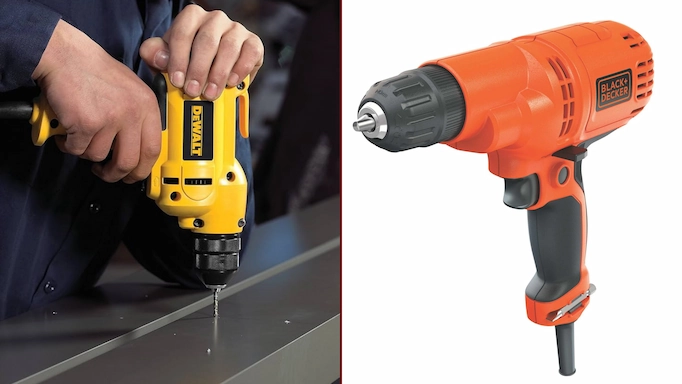
Relataed Article: Best Cordless Drill Brands
- BLACK+DECKER Corded Drill, 5.2-Amp, 3/8-inch
Instead of battling with a heavy drill, pick up this lightweight BLACK+DECKER model. This little drill, weighing only 3.25 pounds, is simple to handle and maneuver in confined spaces. Though its tiny size means it has less power (5.2 amps and 1,500 rpm maximum), using corded drills with this amount of power and speed is enough for drilling or driving screws into wood.
- Ronix 2107 Corded Electric Drill, 400W, 220V
What features are you looking for to buy the most appropriate corded power drill? Is an efficient motor with 400W power enough? Will you be more satisfied if it delivers a max rotary speed of 4300RPM? How about a full-metal 6.5mm keyed chuck with high efficiency and performance in wood and metal workpieces? It is Ronix 2107 Electric Drill that we are talking about.
It doesn’t matter if you are an amateur home user or a professional carpenter and metal fabricator who needs to deal with cabinets, furniture, attaching workpieces, etc. When using this power tool, you will be holding an easy-to-use 1.5kg compact drill with an ergonomic body design in your hands which makes it absolutely convenient around your house or jobsite.
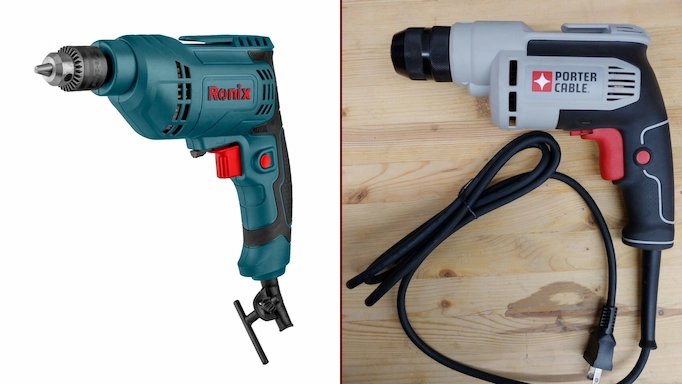
- PORTER-CABLE Corded Drill, 6-Amp, (PC600D)
This excellent drill from PORTER-CABLE comes from one of the oldest names in power equipment. This strong drill is a great example of why amps don’t always equal power. While its 6 amps aren’t as high as other competitors’ drills, PORTER-corded CABLE’s drill has a lot of torque.
When you combine this with the drill’s precise speed control, you’ve got a drill that’s ideal for all the corded drill uses including drilling through metal and other difficult materials that demand moderate rates and plenty of force.
- Ronix 2120 Corded Impact Drill, 750W, 220V, Keyed Chuck
The Ronix 2120 Impact Drill is a great power tool that has a high-resistance and powerful 750W motor. To provide an exceptional and most comfortable experience for its users, we at Ronix have designed this corded power drill to be ergonomic and lightweight.
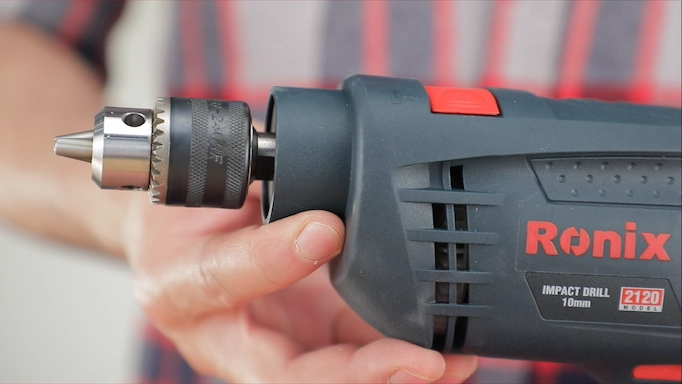
To assist users in a variety of drilling projects, this drill has a 750W motor which is manufactured to be highly resistant. This powerful motor ensures perfect functionality in different kinds of drilling projects. In order to become more practical, the Ronix 2120 has a hammering function which makes it suitable to drill holes in hard-to-break materials like concrete walls.
The 2120’s motor produces a no-load speed of 0 to 2800 RPM. For hammer drilling applications, its motor also has a maximum impact rate of 48000 BPM. Using corded drills with this high amount of impact rate allows accomplishing all the most demanding tasks much more efficiently.
FAQ
What are the most important uses of corded drills?
Drilling holes and driving screws are the most common uses for drills including corded models. These tools are used in different fields including woodworking, metalworking, and construction.
How do I know what power drill I need?
Power, mobility and weight are all considerations in choosing a drill.
Which is the best drill for home use?
There are different kinds of drills each good for certain use; choose the material you want to work with then decide based on the power and the weight of the drills.
Is a 12 V drill enough?
A 12 V drill is ideal for domestic use and may be used by the entire family. A 12 V drill’s compact size makes it ideal for confined spaces. When you need more power, an 18-20 volt is ideal.

Arturo
4 October 2021
